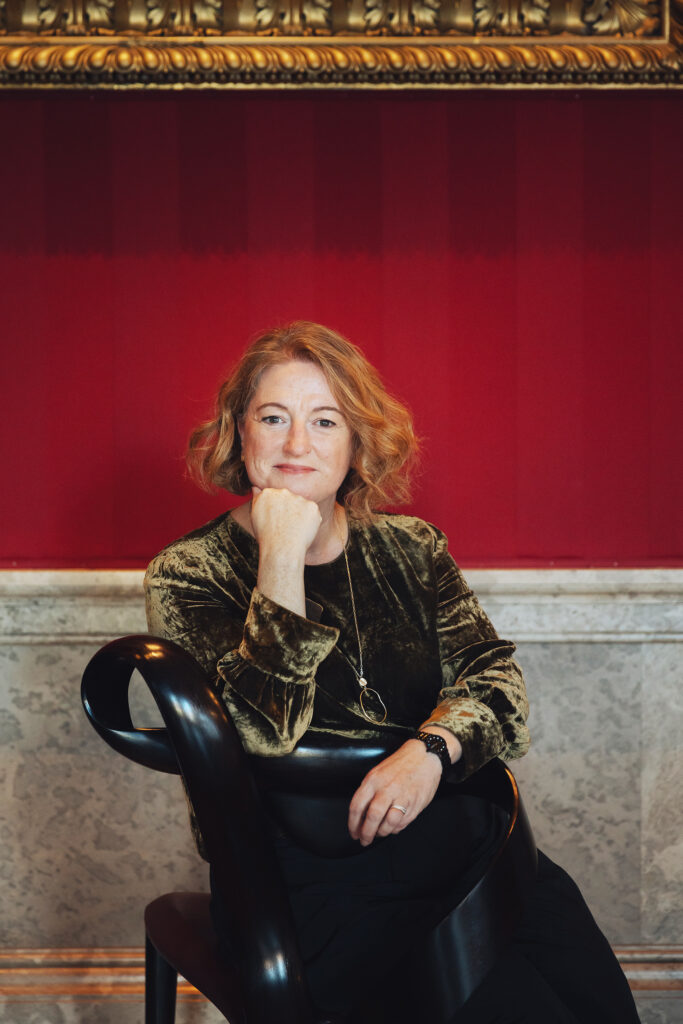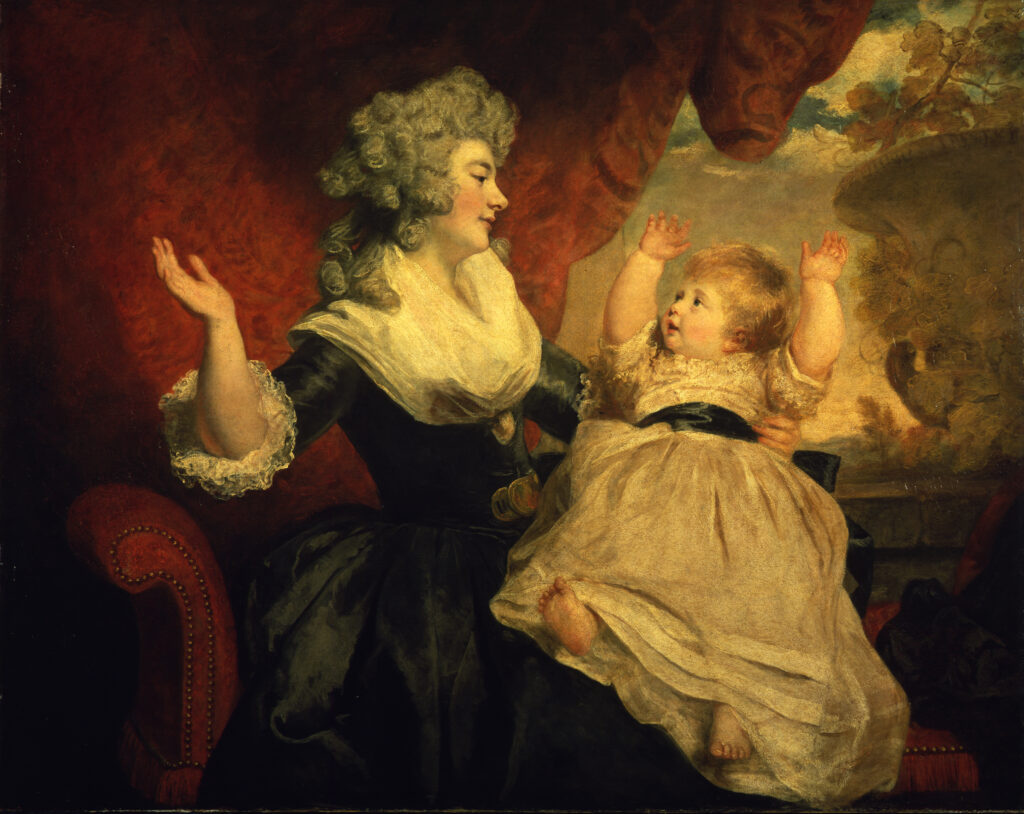Enjoy this article?
Most Museums Journal content is only available to members. Join the MA to get full access to the latest thinking and trends from across the sector, case studies and best practice advice.

Many of us have childhood memories of being taken around country houses with a whispered warning to behave, before escaping into the gardens.
Today, country houses can still elicit that sense of hush and awe – after all, they were originally designed to impress and leave us in no doubt of the power and prestige of the incumbent family.
So, how do we ensure that their appeal addresses the widest possible audience today without undervaluing the art collections, landscape and history?
Chatsworth House Trust is a charity, established in 1981, to care for the house and gardens. It is funded through visitor income, an endowment and fundraising. However, we also need to focus on our social purpose as custodians of these great landscapes.
We want to have a positive impact and contribute to the economic, environmental and social wellbeing of our communities. We aim to foster greater inclusion understanding and empathy through diverse programmes. We want people to feel inspired, and enjoy our offer.
Therefore, our goal is to broaden our audience, using research to address barriers to engagement. Price is one such barrier and while we need to cover the ongoing burden of cost, we have done so through a new pricing strategy that enables us to fund subsidised tickets and a travel fund for schools and community groups.
We recognise that our location may also limit our audience reach, so we organise art loans worldwide, talks with artists online and on location, and work with partners to increase the impact of what we do.
Many museums already do this, but country houses have struggled to embrace the chance to be more than a social visit even though, arguably, they have so much more to offer with great collections, historic interiors and gardens.
No doubt this stems back to a time when, faced with huge death duties, so many focused on becoming successful visitor attractions. However, this is a missed opportunity to have a greater positive impact on people’s lives.
The joy of running Chatsworth is that our annual audience of 620,000 is so broad. While visitors' reasons for coming are diverse, they are united by the chance to reconnect – with each other; with nature; and with our shared history. I would argue that this is more needed than ever in a time of cost-of-living crisis, war and environmental disasters.
If we are to remain relevant, we need to be thoughtful, honest and open in telling our stories. It is essential to commission research and take advice from others who are better informed. My experience leading Harewood House for six years [until 2023], built on the proceeds of the transatlantic slave trade, was both humbling and a steep learning curve.
We were always clear that while we cannot change the past, we can make a difference now. I firmly believe this is true.
Country houses have a vital role to play – to create safe and restorative spaces for people to escape to; to learn from; and to feel joyful in. The joy of Chatsworth is that it is a “living house” that continues to evolve with a collection and landscape created over 500 years.

The work of Capability Brown and Paxton sits comfortably alongside new designs by Dan Pearson and Tom Stuart-Smith and shows the power of gardens to create a metaphorical, as well as physical, bridge into our great institutions. We can use these landscapes and collections to tell engaging stories of our history and contemporary culture.
Britain has some of the most famous and best-loved country houses with an enduring appeal to all visitors. They give people the opportunity to see great works of art, architecture and garden design, no matter how far you are from the cultural delights of our capital city.
We would be foolish to take this appeal for granted. Along with our charity trustees and team, I know that our resilience can never be assumed. If we are to continue to attract visitors, grow our fundraising and commercial income, then we must remain relevant.
We must demonstrate the positive impact we can have on the environment, on people’s tolerance of each other and the understanding of our history, as well as our health and wellbeing.
We must use the past to inform the future, but do this in an intelligent, engaging and credible way, while remaining authentic and appealing. That is the role of the country house in the 21st century.
Jane Marriott is the director of Chatsworth House Trust
Most Museums Journal content is only available to members. Join the MA to get full access to the latest thinking and trends from across the sector, case studies and best practice advice.